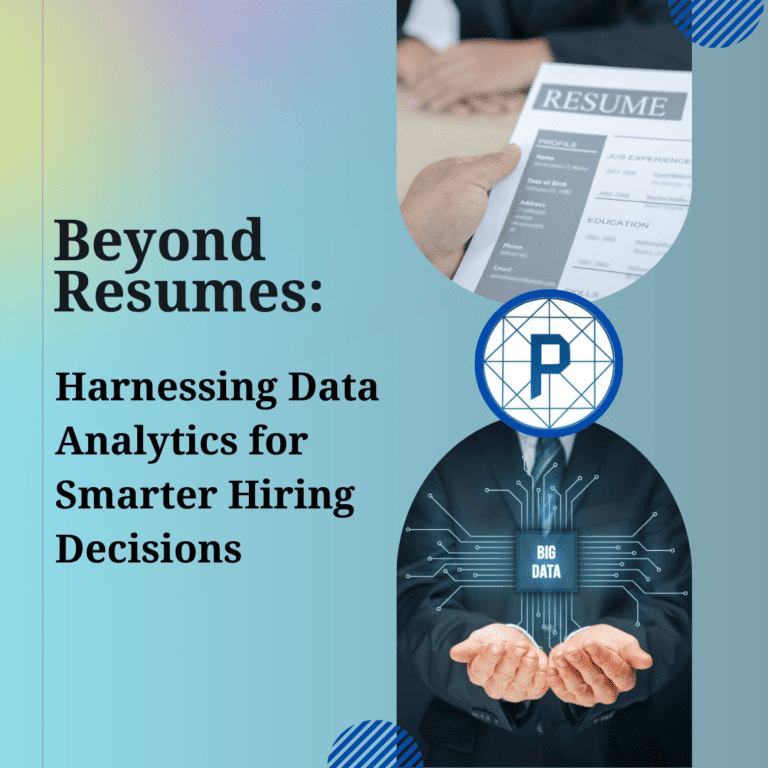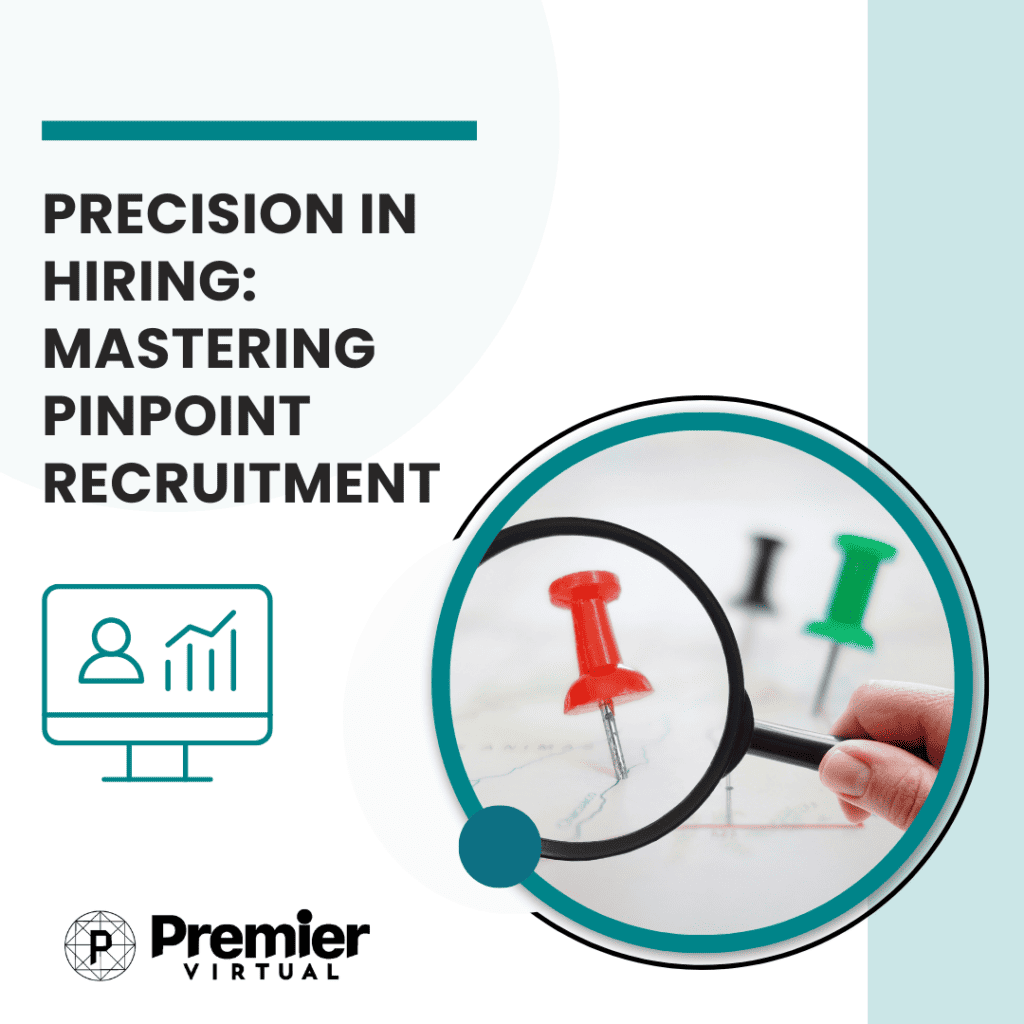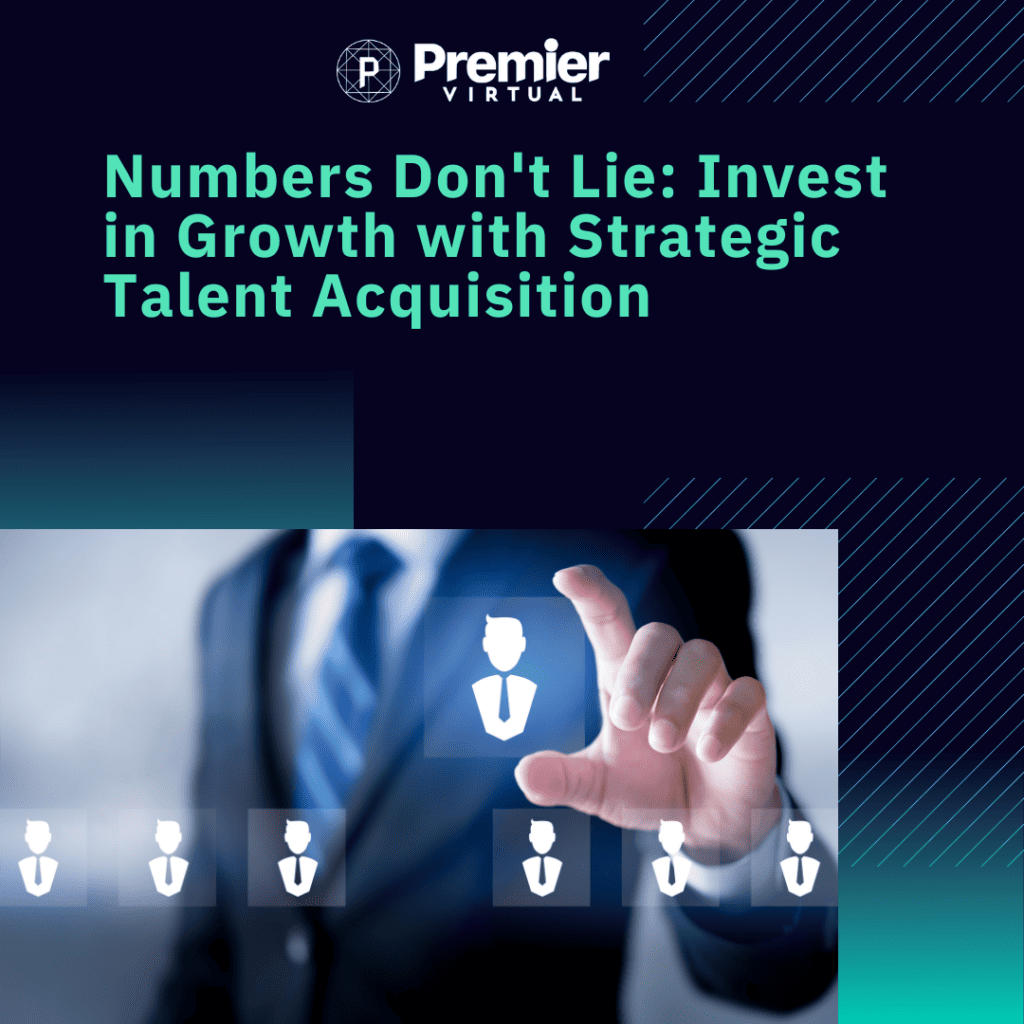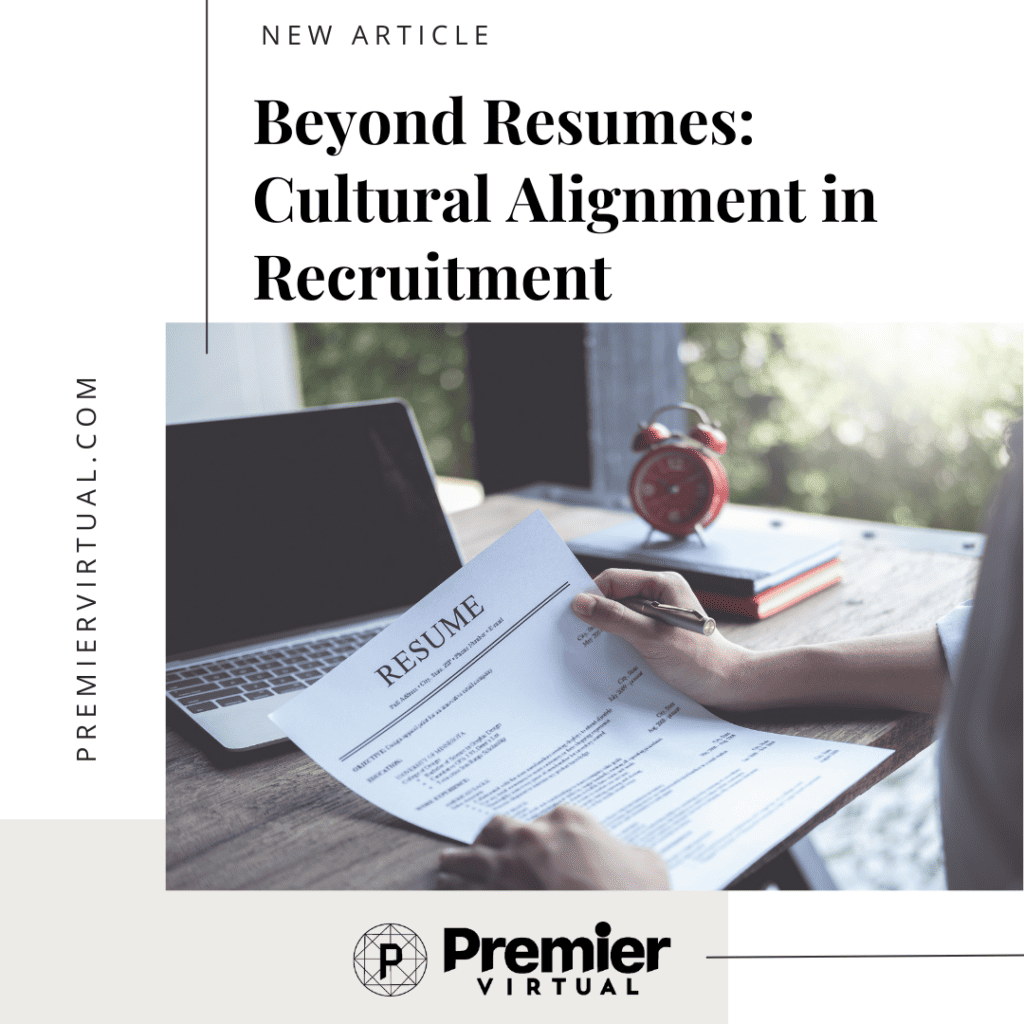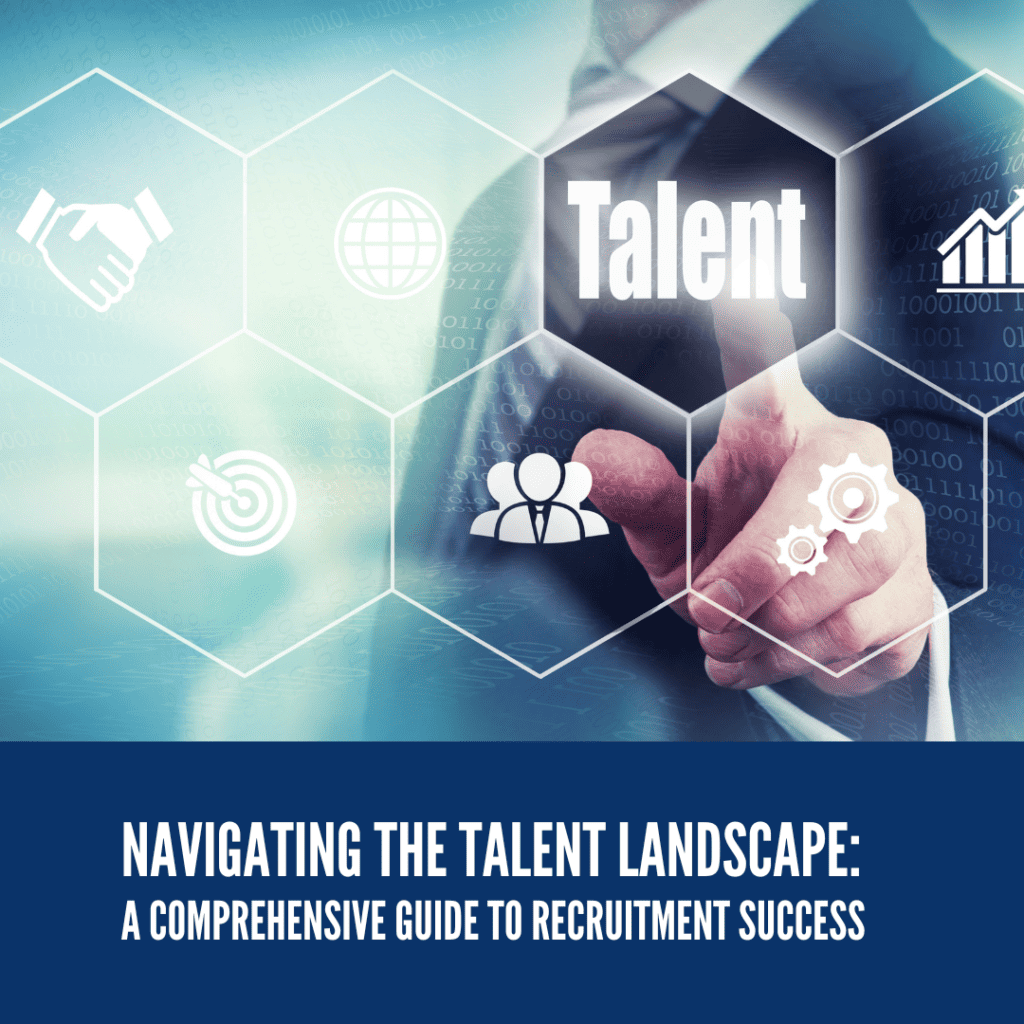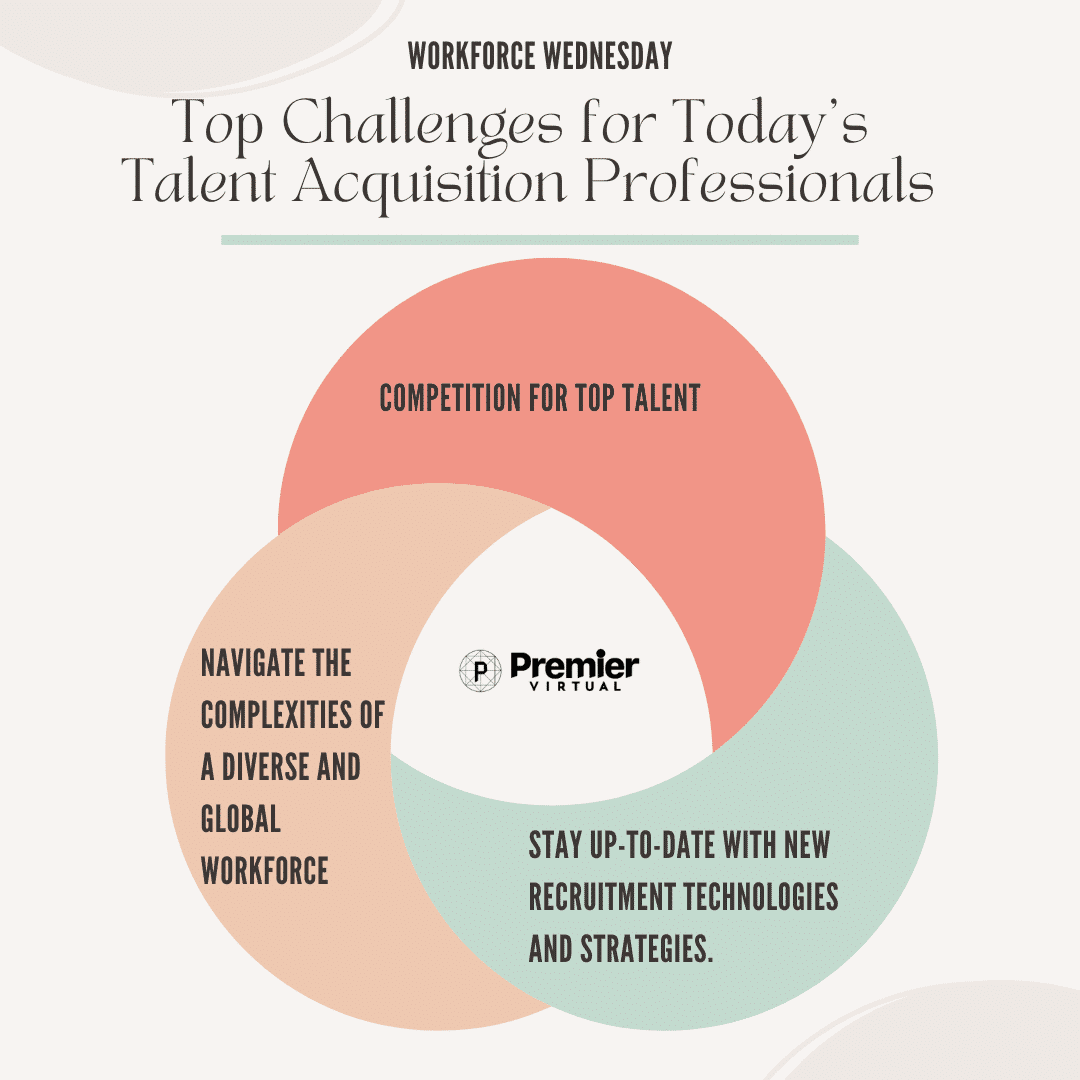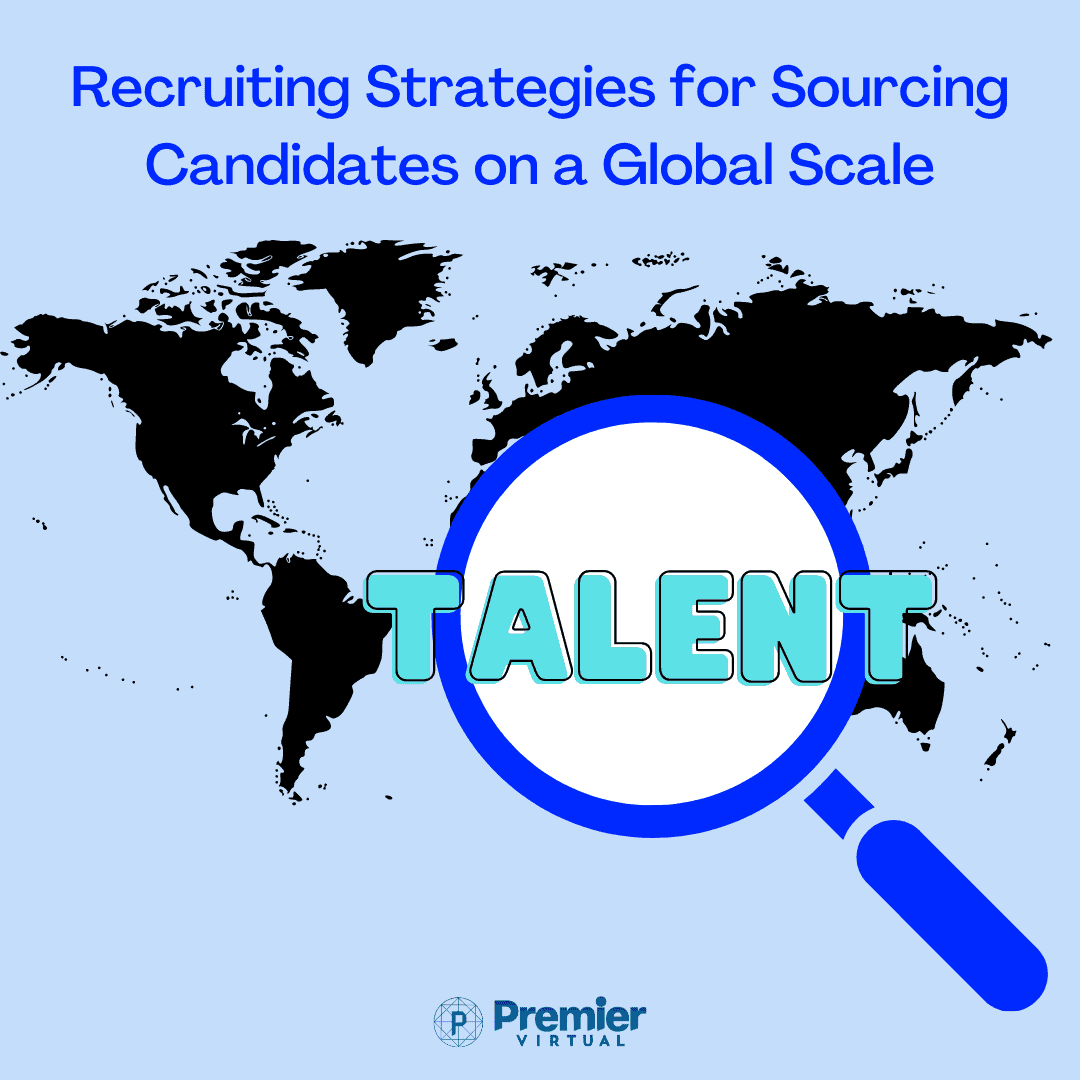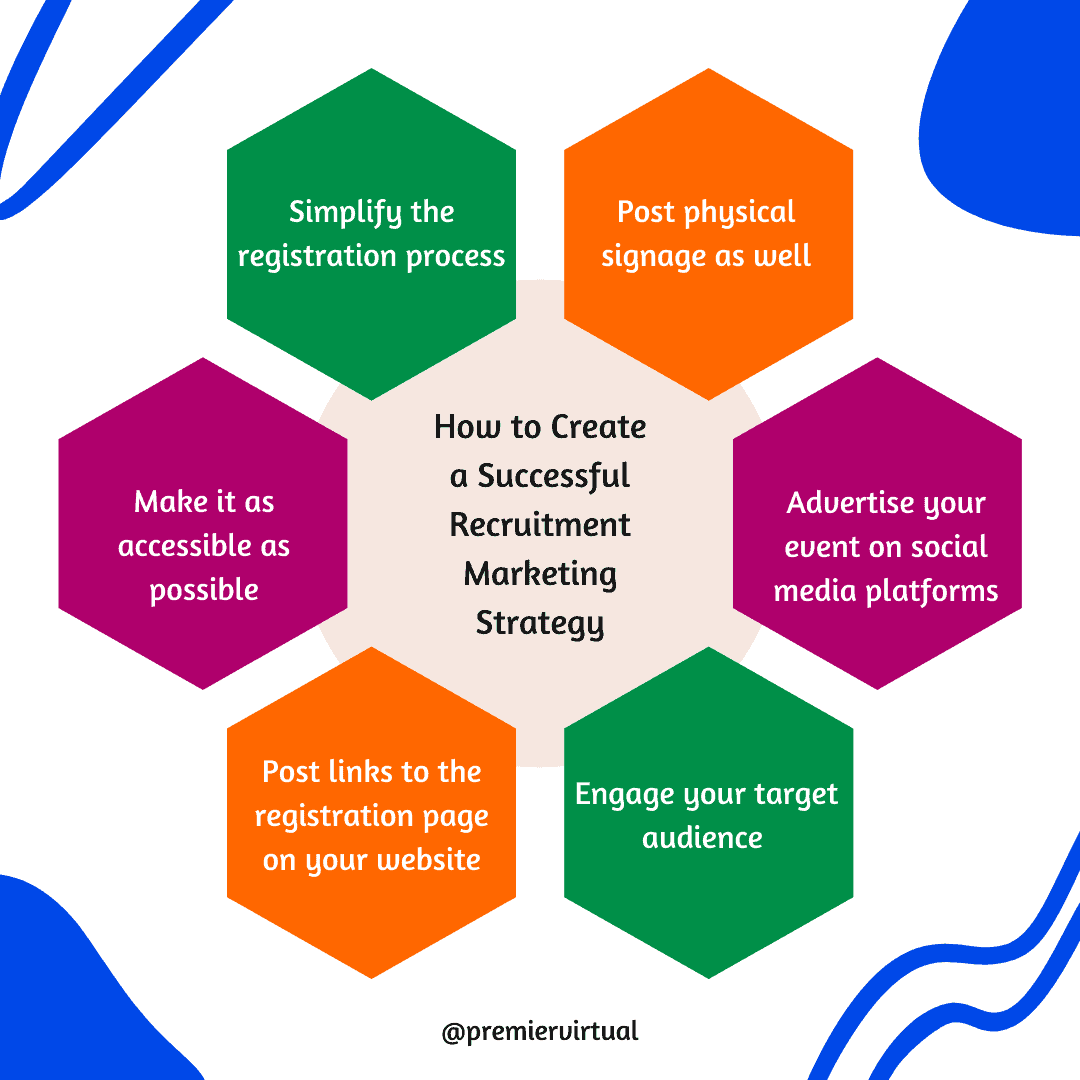Adapting to Change: Why Virtual Hiring Events are Here to Stay
Gary Chambers
on
April 2, 2024
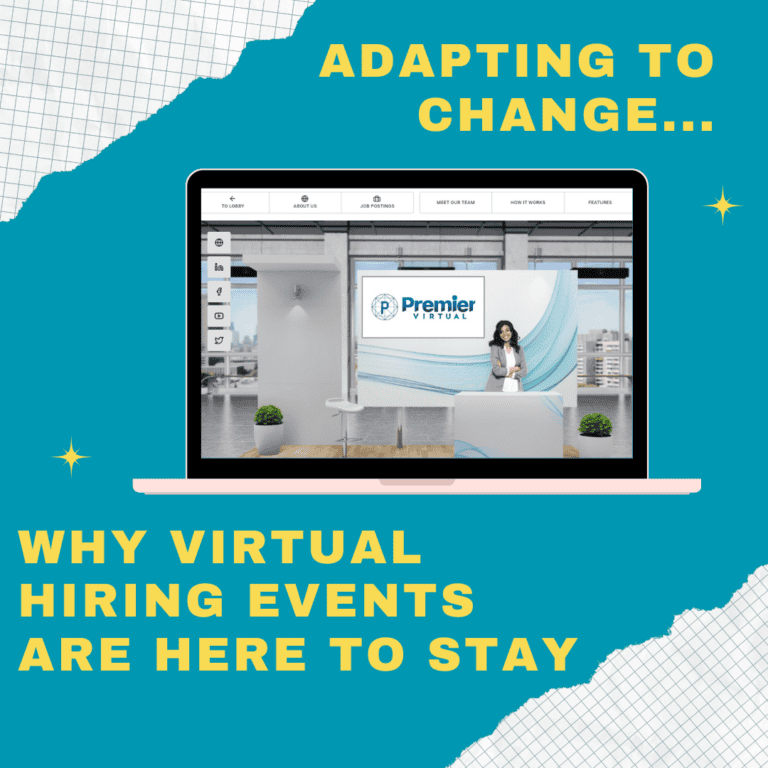
In the wake of a rapidly evolving job market, companies worldwide are embracing new strategies to connect with top talent. One such strategy gaining immense traction is the virtual hiring event. Initially propelled by necessity during the COVID-19 pandemic, these virtual gatherings have proven to be far more than a temporary fix. As we navigate through unprecedented times, it’s becoming increasingly clear that virtual hiring events are not just a passing trend—they are here to stay. In this blog, we’ll explore the reasons behind this shift and why both employers and job seekers stand to benefit from embracing this innovative approach.
The Evolution of Hiring Events
Traditional hiring events, typically held in physical locations like convention centers or hotel ballrooms, have long been a staple of recruitment strategies. However, they come with their fair share of limitations. These events often entail significant logistical challenges, including travel expenses, venue bookings, and time constraints. Moreover, they may not always attract the desired pool of candidates due to geographical constraints or scheduling conflicts.
Enter virtual hiring events—a game-changer in the realm of recruitment. By leveraging digital platforms and cutting-edge technology, companies can now host immersive and interactive hiring events accessible to candidates worldwide. These events replicate the experience of an in-person career fair, offering opportunities for networking, interviews, and informational sessions—all from the comfort of one’s home or office.
Why Virtual Hiring Events are Here to Stay
Cost-Effectiveness: Traditional hiring events incur substantial costs associated with venue rental, travel, accommodation, and catering. In contrast, virtual events eliminate many of these expenses, making them a cost-effective alternative for both employers and candidates. Companies can allocate their resources more efficiently, while candidates can participate without bearing the financial burden of travel and accommodation.
Accessibility: Virtual hiring events break down geographical barriers, enabling companies to reach a broader pool of talent irrespective of location. This accessibility is particularly beneficial for remote or international job seekers who may face challenges attending in-person events due to visa restrictions or travel limitations. By embracing virtual platforms, employers can tap into a diverse talent pool and foster inclusivity within their workforce.
Flexibility and Convenience: In today’s fast-paced world, flexibility is paramount. Virtual hiring events offer unparalleled convenience, allowing candidates to engage with recruiters and attend interviews without disrupting their daily routines. Whether it’s a stay-at-home parent, a working professional, or a recent graduate, virtual events accommodate diverse schedules and commitments, ensuring maximum participation and engagement.
Scalability: Unlike traditional hiring events constrained by venue capacity, virtual events offer limitless scalability. Companies can effortlessly accommodate a larger number of participants, facilitating greater outreach and engagement. This scalability is particularly advantageous for organizations with ambitious hiring goals or those operating in competitive industries where talent acquisition is paramount.
Data-Driven Insights: Virtual hiring platforms leverage analytics and data tracking tools to provide valuable insights into candidate engagement, preferences, and behavior. From the number of attendees to the duration of interactions, recruiters gain actionable data to optimize their recruitment strategies and enhance the candidate experience. By harnessing these insights, companies can make data-driven decisions that drive recruitment success.
Environmental Sustainability: In an era marked by growing environmental consciousness, virtual hiring events offer a sustainable alternative to traditional recruitment practices. By reducing the need for travel and minimizing carbon emissions associated with large-scale events, companies can demonstrate their commitment to environmental stewardship. This eco-friendly approach aligns with corporate sustainability goals and resonates with environmentally conscious candidates.
Best Practices for Virtual Hiring Events
To harness the full potential of virtual hiring events, employers should adhere to best practices to ensure a seamless and engaging experience for both recruiters and candidates:
Choose the Right Platform: Select a reliable virtual event platform that offers robust features such as live chat, video conferencing, and customizable branding. Consider factors like user interface, technical support, and integration capabilities to ensure a smooth and intuitive experience for all participants. Premier Virtual stands out for virtual hiring events with its intuitive interface, customizable branding, seamless integration, and dedicated support. Offering comprehensive features and analytics, it ensures a smooth experience for recruiters and candidates alike, making it the top choice for successful virtual recruitment. To learn more about Premier Virtual, check out our Why PV? page.
Promote Engagement: Encourage active participation through interactive elements such as Q&A sessions, polls, and virtual networking lounges. Foster meaningful connections between recruiters and candidates by facilitating one-on-one conversations and group discussions.
Provide Comprehensive Information: Equip candidates with essential information about your company, job openings, and recruitment process. Create engaging content such as company videos, job descriptions, and employee testimonials to pique interest and showcase your employer brand.
Offer Flexibility in Scheduling: Accommodate diverse schedules by offering flexible interview slots and informational sessions at different times of the day. Allow candidates to pre-schedule appointments and customize their agenda based on their availability and preferences.
Deliver a Seamless Experience: Prioritize user experience by ensuring that the virtual event platform is user-friendly and accessible across devices. Conduct thorough testing to identify and address any technical glitches or usability issues before the event.
Follow Up Promptly: After the event, follow up with candidates in a timely manner to express appreciation for their participation and provide feedback on next steps. Personalize communications and maintain ongoing engagement to nurture relationships with potential hires.
Conclusion
In conclusion, virtual hiring events have emerged as a transformative force in the recruitment landscape, offering unparalleled opportunities for companies to connect with top talent in a virtual environment. As organizations adapt to the realities of remote work and digital transformation, virtual hiring events are poised to become a permanent fixture in the recruitment toolkit. By embracing innovation, leveraging technology, and prioritizing candidate experience, companies can harness the full potential of virtual hiring events to build diverse, inclusive, and high-performing teams in the digital age. Embrace the change, and seize the opportunities that virtual hiring events present—it’s not just a trend, it’s the future of recruitment.

